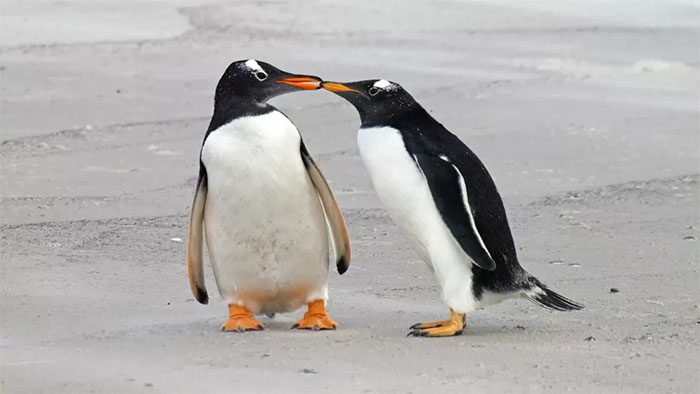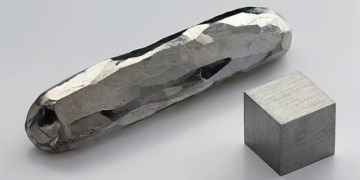Penguins mate for life, pairing with one male or female. If one partner dies, the surviving penguin will live alone for the rest of its life. However, the rapid pace of climate change is altering this behavior.
Penguins are flightless birds primarily found in the Southern Hemisphere. These birds have long been known for their loyalty, as they typically pair with one mate for life and raise their chicks together.
However, not all penguin species exhibit the same level of mating fidelity. They are loyal, but this loyalty is often limited to each breeding season. Once the breeding season ends, they may not stay paired. In fact, before the breeding season begins, penguins can mate with multiple partners, and it is only when they truly nest and raise their young that they commit to a single mate. Their partners often repeat from one breeding season to the next.

Penguins are long believed to be the most loyal animals – (Photo: GETTY).
The fidelity rates also vary significantly among different penguin species.
According to research published in the journals Comptes Rendus Biologies and The Auk, 89% of Galapagos penguins (Spheniscus mendiculus) remain bonded with their partners, while the fidelity rate for Emperor penguins (Aptenodytes forsteri) is only 15%.
Emma Marks, a behavioral ecologist at the University of Auckland (New Zealand) who specializes in mating behavior and partner selection in large-flocking bird species, states: “Success in previous breeding seasons plays a crucial role in whether penguin pairs will stay together long-term. If a pair successfully raises a chick and protects their nest in a good location, the likelihood of the female returning to her previous male increases. If not, females are likely to seek out better males.”
Overall, the fidelity rate among penguins was around 89% (as of 2013), but it has gradually declined in recent years.
According to ecologist Emma Marks, the decline in penguin fidelity is influenced by climate change.
Habitat loss, decreased food sources, and becoming prey to seals mean that not all penguins that paired in the previous breeding season will reunite this season.
Research published in the journal Ambio indicates that penguin populations are declining in correlation with the decrease in mollusk numbers. Climate change and human fishing activities are the main factors causing the decline in mollusk populations, which are a food source for penguins.
Melting ice is also forcing penguins to move to different breeding areas, affecting not only their migratory behavior but also disrupting pairs that had bonded in previous breeding seasons.
“Some males are now migrating to breeding sites, but they quickly become exhausted due to navigating swimming routes altered by the shifting ice. When they tire, they arrive at nesting sites late, making it difficult to attract females and care for the eggs properly,” Marks explains.
If one partner dies, the surviving penguin will not live alone for life as previously thought. One of them will be compelled to seek a new mate, even fighting to compete for partners and nests with others.




















































